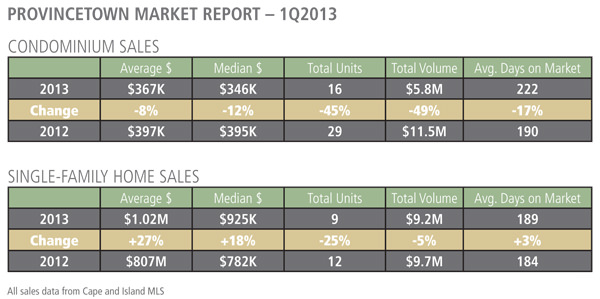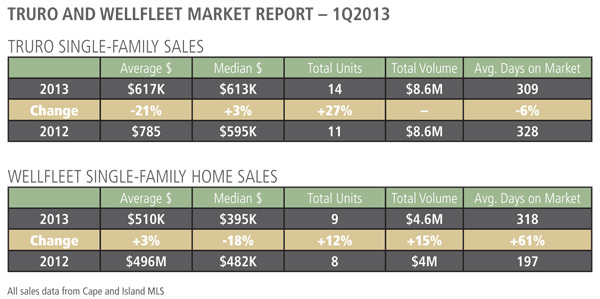Below is a great post from Forbes. It is a concise review of the four main drivers effecting the spring market nationally. Locally we are most effected by inventory shortages and increased competition… and yes, cash is still king.
But unlike the painful post-bubble home buying seasons of the past several years, this year has kicked off amidst a cornucopia of experts trumpeting the U.S. housing market’s recovery. Inventory is at record lows, home prices are on the upswing and foreclosure activity has ebbed in many parts of the country. In 2012 residential real estate contributed its first positive year of gains to the overall economy since 2005, and the Federal Reserve has repeatedly called housing a “bright spot” of the economy.
The rosy recovery statistics have an increasing number of Americans feeling more confident about the prospect of buying a home. A March survey from Fannie Mae revealed that 48% of consumers believe home prices will rise over the next year — an all-time survey high. And another recent survey, from Prudential Real Estate, found that confidence is at a high of 69% among folks thinking about buying a home.
While promising news for aspiring sellers, it means that many of this year’s spring and summertime buyers will face a markedly different landscape than their predecessors did just a year or two ago. “In many markets around the country we have fundamentally shifted from a buyers’ market to a sellers’ market,” says Budge Huskey, chief executive of Coldwell Banker Residential Real Estate.
Inventory Shortages
“The story of the day is on the inventory front,” stresses Lawrence Yun, chief economist of the National Association of Realtors. It’s a sentiment echoed by many.
The number of available homes has plunged to record lows, thanks to both an abnormally small supply of existing homes for sale and a dearth of new construction. Despite the fact that new residential construction is on the rise, the current annualized rate of 618,000 housing starts is still well below the 1.5 million annual starts indicative of a healthy market, according to experts. And with more than 10 million homeowners still underwater on their mortgages, many prospective sellers are holding off on listing until home prices strengthen further.
Coupled with the brisk pace of sales, there is currently 4.7-month supply of existing homes on the market (a six-month supply is considered healthy),according to the National Association of Realtors. That’s nearly 20% less nationally that during this time last year, and in the most sought-after markets levels are down by as much as 50%, 60%.
Traditionally this time of year welcomes a jump in inventory levels as sellers time their listings with the buying season. But even an uptick in stock won’t be enough to fend off the looming shortages in some markets: “I don’t see any relief to the housing shortage. It can only come from new home construction, which will take time to come online,” says Yun. He and other economists suspect inventory levels will remain tight throughout the rest of this year, especially since construction lending for many small- to medium-sized homebuilders remains constrained.
Increased Competition
In addition to a dwindling supply of available homes, the number of buyers has surged. And not traditional buyers. Investors have comprised a sizeable chunk of the buyer pool since the downturn and continue to do so. NAR estimates that real estate investors are responsible for about 20% of existing home sales each month. In hard hit markets, particularly in Sun Belt states like Arizona, Nevada, California and Florida, domestic and foreign investors have been even more prevalent.
More interestingly, investors haven’t just consisted of mom-and-pop landlords and professional house flippers either. Wall Street institutions – private equity firms and hedge funds, predominantly – have allocated billions to large-scale single-family homes, snatching up distressed properties and transforming them into rentals, typically through bulk sales. Major Wall Street firms, including Blackstone and Colony Capital, have accounted for as much as 30% of sales activity in Miami, Fla., 19% of sales in Las Vegas, Nev., and 16% of sales in Phoenix, Ariz. in 2012, according to data provider CoreLogic,helping push home prices up dramatically in all three metro areas.
Investors aside, traditional consumers have been haggling over the most desirable properties — on good streets, near good schools, in move-in condition – as well. Realtors in many markets have been reporting bidding wars since late last year. “Prices are being bid up above asking price, particularly in the mid-range of the market,” says Huskey. “In the Seattle market, for example, our agents say quality properties have been receiving six to 10 offers within the first week.”
He also notes that in areas where bidding wars have been especially prevalent, buyer tactics reminiscent of the housing bubble, for example, proffering photos of children and personal letters demonstrating why a bidder should be chosen, have begun to creep back into the marketplace.
What does this competition mean? That you the prospective buyer need to be prepared to move fast if you find a property you’d like to buy. “Buyers need to be patient because many will be outbid by others and might have to bid on multiple homes,” cautions Jed Kolko, chief economist of Trulia. “It also means thinking hard about the trade off: what you need to have in your home and what you’re willing to bend on because with tight inventory and lots of competition, it will be a temptation to take what you can get.”
Cash Is Still King
Given the steep competition, all-cash buyers who can close a deal relatively quickly offer great incentive to sellers. “Cash will still be king if there are multiple bids because from a seller’s view, they want a deal with fewer hiccups,” says Yun. About 30% of home sales are all-cash each month, according to NAR.
Over the past few years, mortgage lending has been incredibly tight – an irony given the fact that rates continue to hover near record lows. And due to the overwhelming number of foreclosures acting as comps, appraisals coming in under the agreed-upon price have steadfastly hampered many a financed deal.
The good news: LendingTree chief executive Doug Lebda says, in light of the recently unveiled new home-lending standards, lenders are slowly starting to make it slightly easier to get approved. “Lenders are reducing credit standards, allowing higher loan-to-value ratios than in the past,” says Lebda. “Nothing below the FHA and Fannie Mae and Freddie Mac guidelines, but they are underwriting closer to them.” And as home prices rise – Case-Shiller reported an 8% yearly increase in February – appraisals may begin to fall more in line with pending sales prices.
In the meantime, cold hard cash continues to hold sway in many markets, say realtors. To better compete against the speedy certainty that a stack of green promises, buyers taking out a mortgage should always get preapproval before they embark on their hunt and plan on plunking down a sizeable downpayment.
Less Distressed Deals
The good news for housing as a whole is that nationally foreclosure activity is falling. RealtyTrac reports 30 consecutive months of declines on a national level, driven largely by double-digit declines in many of the traditional foreclosure hotspots like California, Arizona, Georgia and Michigan.
Decrease in activity coupled with fierce competition from investors targeting distressed inventory means the possibility of picking up a decent fixer-upper at a discounted price from the bank has greatly narrowed. And when such a property does come to market, the discounts are much smaller than they once were. In February short sales and foreclosures comprised 25% of home sales, down from 34% a year ago, according to NAR. And the discounts have diminished too: short sales fetched 15% discounts on average, foreclosures 18%.
“Foreclosure inventory has been somewhat picked over,” says Daren Blomquist, vice president of RealtyTrac. The largest distressed inventory increases have been among homes built prior to 1960 and/or valued below $50,000. “Finding one in a condition the buyer can work with in a decent location has become a challenge to find.”
Nonetheless real estate is local and, despite the drop in foreclosure activity nationwide, several states are actually experiencing significant increases in foreclosure starts, as lenders continue to process a backlog of defaults. This is especially true of judicial foreclosure states. “In some of the markets like Florida, New York, New Jersey, and Ohio, we have seen increases in foreclosure activity counter to the national trend,” notes Blomquist. “Many aren’t listed for sale yet so this season some of them will be will be. So from a buyer perspective there may be some more inventory in the pipeline.”

























